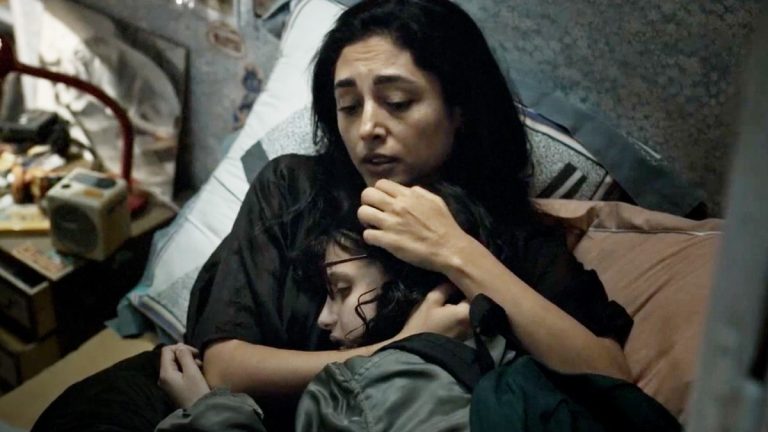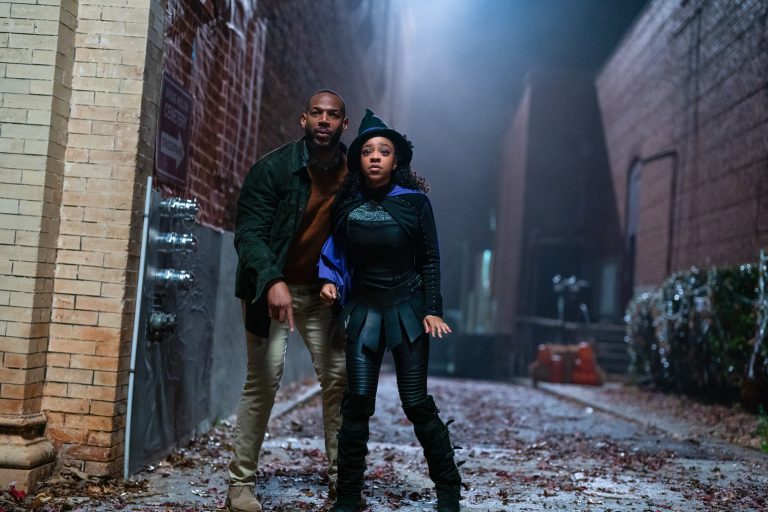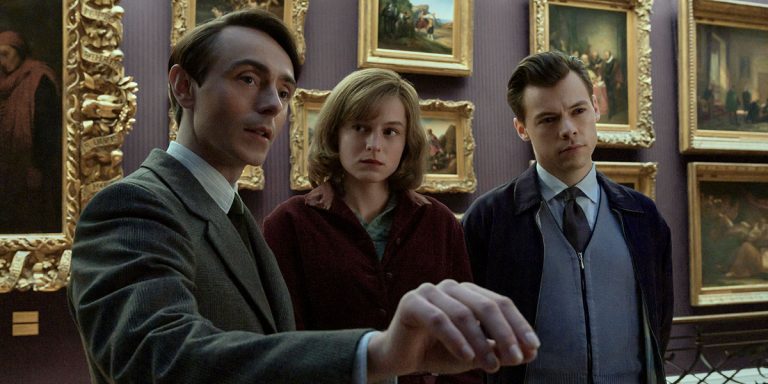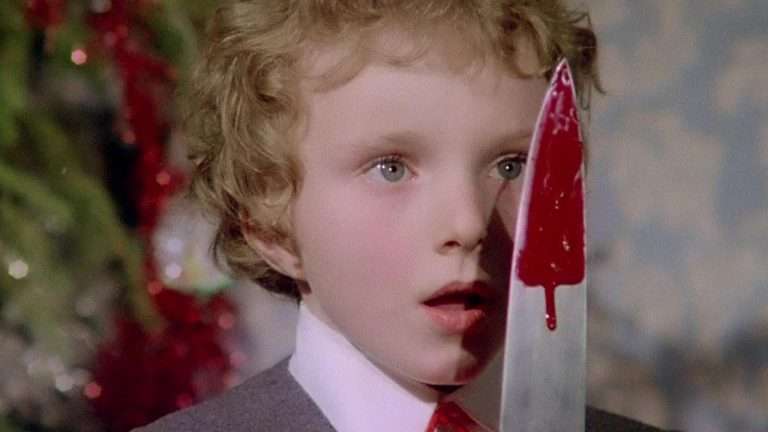Amongst Hillary Duff and Stephen Sondheim songs, a new comedy-horror has entered the world of Cinderella re-tellings. Written and directed by Emile Blichfeldt, “The Ugly Stepsister” is a grim but charming tale of Cinderella through one of the stepsisters’ points of view. This sister’s name is Elvira, and in addition to the story being told from her point of view, it revises the character’s disposition. Blichfeldt uses Elvira to represent the waning deterioration of a girl’s innocence under a monarchical patriarchy.
The concept alone is delightfully insightful, given that the classic Cinderella story is associated with adolescent girlhood, making for exceptional source material. It would be easy to lean into a cliche parody with this adaptation, but it is delightfully elaborate with its approach, even while still incorporating humour. Despite the deep, endless well of adaptations, this film managed to float to the top with its exceptional quality and premise. “The Ugly Stepsister” artfully represents the evolution into a woman and how female relationships with fairytales change.
The core of the film is consistent with the general Cinderella story: A young girl’s father dies, and she is forced to live with her stepmother and two stepsisters. Upon learning that the Prince is throwing a royal ball, Elvira is hellbent on pining for his affection while her sister, Alma, is left to observe the sequence of events that take place. Alma serves as a reflection of the audience’s reaction as she observes the hijinks in this film with horror and concern. The stepmother mistreats Cinderella, viewing her as a nuisance and a threat to Elvira’s chances of being chosen at the prince’s ball.
The humorous element to the original fairytale was that the stepmother and her children believed the sisters to be beautiful, although they were ugly. In this film, while the stepmother loves Elvira, she critiques her looks in order to create the perfect princess archetype, and in turn, gain fortune. Essentially, she’s an 18th-century Norwegian version of a pageant mom. And much like the little toddlers entered in pageants, Elvira doesn’t have a strong frame of reference for how to value her looks, so she agrees.
When we meet Elvira, she is daydreaming of a romance with Prince Julian as she giddily reads a book of his poems in the back of a buggy. Her pink technicolor fantasies are reminiscent of the fan fiction and romance novels girls have consumed over the years. When she meets Agnes, who acts as the Cinderella archetype, she is taken by her attractiveness.
One of the most significant moments in the film is when she attempts to comfort Cinderella after the passing of her father. Cinderella sharply rejects Elvira’s comfort and accuses her of being overfamiliar. In that moment, the girls are incapable of understanding one another, displaying their hindered perception of the world. Elvira yearns for love and beauty, things that are innocent enough, but like many young girls, she begins to devalue herself for supposedly not having them.
When she’s healing from her makeover, she gets made fun of by the prince and his crew. While she is understandably hurt, she swiftly accepts it, given that she is not yet up to his standards as a suitor. She begins to lose her identity in the hopes of becoming the ideal princess archetype. This is a common phenomenon in adolescence, and its impact on young girls is highly dependent on the support system and examples they have in their lives.
As mentioned before, the stepmother uses Elvira as a pawn in her scheme to become royal. With this being the only focus, there is little to no concern with Elvira’s physical or mental health. Elvira sees herself as having no worth unless she is beautiful and pursued by the prince. Throughout the film, we see how a male-centered, perfectionist lifestyle inevitably leads to a destructive and unattainable future.
Much like Elvira’s crush on the prince, her evolution to become a royal starts off simple. It consists of standard royal training and dance lessons, accompanied by other young girls who are to attend the ball. The more gruesome elements of the film focus on Elvira undergoing medical procedures to change her physical appearance, all with the consent of her mother.
While there are details that increase the exaggeration of these procedures, like Elvira being fully awake without any anesthesia, you can draw a quick comparison to modern plastic surgery. From having her nose cracked, to swallowing a tapeworm egg, to lashes being sewn onto her eyes, you begin to grow sad seeing the pain she’s willing to go through.
While it’s easy for the audience to pity her tribulations, you begin to ask yourself if you are just as aware of the barbaric beauty procedures taking place in the real world. The most significant agony Elvira puts herself through is when she attempts to cut her toes in order to fit the missing slipper the prince possesses.
After taking a cleaver to the wrong foot, she cannot even physically recover as the tapeworm she previously swallowed gruesomely exits her system. Her cutting off her shoes is the climax of the film as it is her last effort to gain the prince’s affections. It is the clearest and most literal example of her putting herself through pain in order to be accepted and “fit in”.
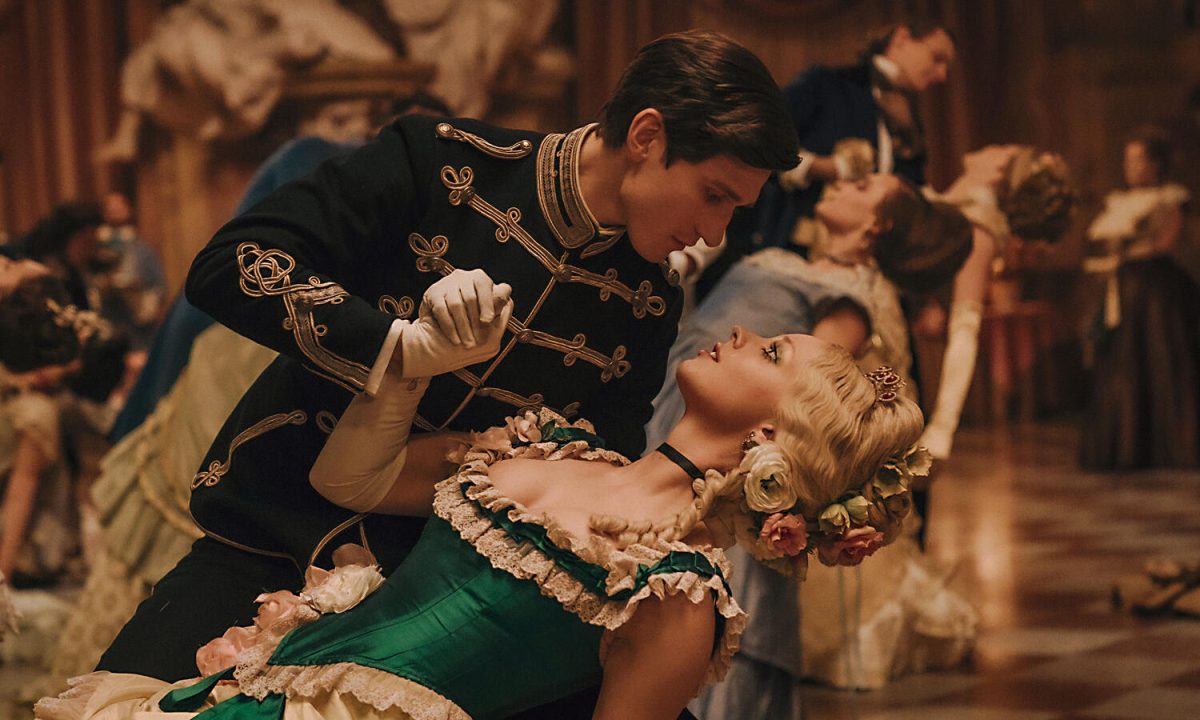
Compare her experience to Cinderella: she is a woman who also goes through bouts of mistreatment and hardship. While she is not portrayed as perfect, Cinderella shows interests that are dimensional and not influenced by outside narratives. She has an affair with the stable boy and aches to give her father a proper burial, something the stepmother has reprimanded and abused her for. While Elvira faces negative repercussions for superficial things such as grace and attractiveness, Cinderella is punished for thoughtfulness and emotional intelligence.
The two women represent different values, and neither is rewarded for them. But unlike Elvira, Cinderella cannot be beaten into submission to a certain ideology. She makes difficult decisions from a place of self-love rather than hatred. In this film, she gets her happily ever after because she determines what would be the best life for her on her own.
At first, it may seem like this is counterintuitive, given that Cinderella is entering a values system that the movie spent the whole time critiquing. How could this be a happily ever after ending? But again, consider the temperament Cinderella has. We primarily learned about the harsh expectations of the monarchy through Elvira’s experience, but maybe Cinderella will be different.
Cinderella was defiant in the movie and stood up against any obstacles she encountered. Who is to say she’d stop at the royal palace? Elvira ends up mutilated and sad, left with no positives aside from briefly having a chance with the prince. Her values depended on external superficial qualities; therefore, when those were no longer accessible to her, she was at a loss. Cinderella overcame the abuse and pain to obtain her goals, while Elvira willingly put herself through it.
When you look back on the film as a whole, you’re reminded of one undeniable truth: whether or not women achieve their goals, the path is almost always marked by struggle.



